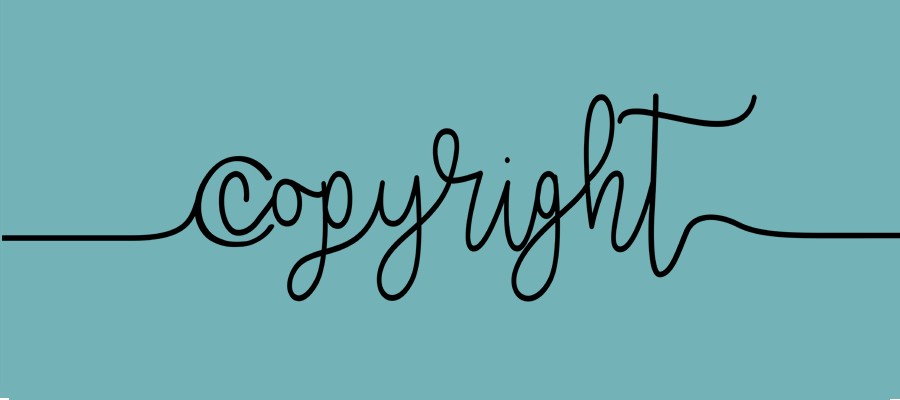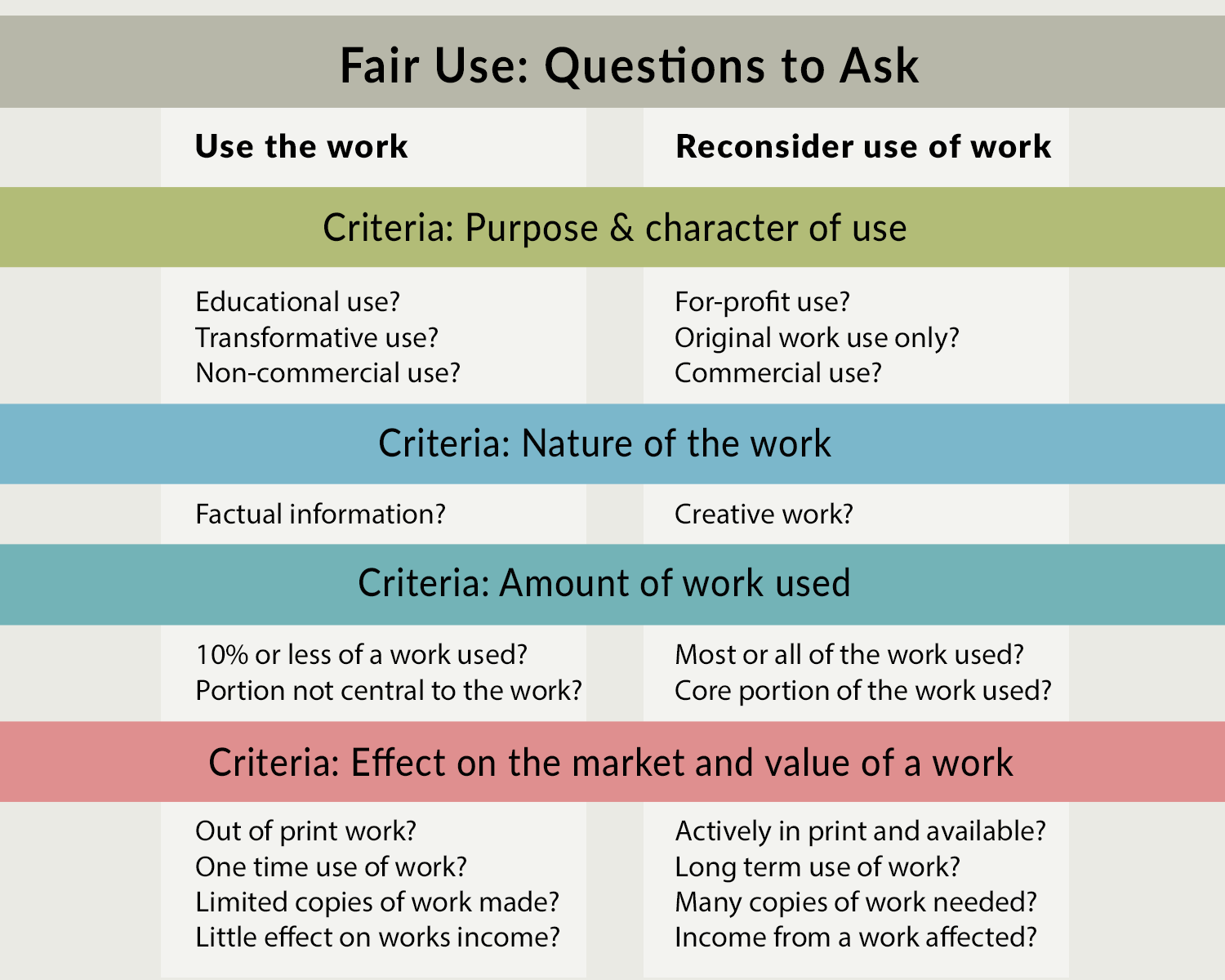
Copyright issues can be complex. If in doubt, it is best to consult with the Scholarly Communications Office at scholcomm@listserv.cc.emory.edu. Or you can make an appointment.
U.S. copyright law is meant to promote progress by securing time-limited exclusive rights for creators. (Article 1, Section 8, Clause 8, US Constitution) In the U.S., copyright is automatic for original content that is in fixed forms. This means that if you write a book, write a play, compose music, create pantomime or choreography, create pictures, graphics, or sculptures, create a film or audio-visual product, create sound recordings, or design architecture, these works are copyrighted and you are not required to register your copyright with the U.S. Copyright Office. You can, of course, register a work with the Copyright Office. Having a copyright confers the following exclusive rights to the copyright holder:
- to reproduce
- to create derivative works
- to distribute copies or transfer ownership
- to perform and/or to display the work publicly
Copyright law does, however, place limitations on these rights with the most common being Fair Use and Reproduction by Libraries and Archives. Copyright balances creator rights against the rights of the public to access, use, and build upon works so progress is made.
Some things cannot be copyrighted. For example, facts cannot be copyrighted. Works like basic mathematics, alphabets, and recipes cannot be copyrighted. Additionally, ideas cannot be copyrighted. Copyright protects the expression of ideas, but not ideas themselves. Ideas, procedures, methods, processes, and systems also cannot be copyrighted, although some may be eligible for patents.
Working with Copyright
Working within the parameters of copyright law requires using judgment and knowledge of the basic rules and types of permissions and licenses available. The first step in reusing any copyrighted material is to determine if it is copyrighted, and then to walk through the series of questions below to determine if you can use it. Whether an item is copyrighted may not be obvious and may take some research to verify. Understanding what is automatically copyrighted (listed above) can provide a starting point. Works that are registered with the U.S. government may be found at copyright.gov. Many works that are registered are often more visible or high profile.

Text for the Copyright and Fair Use Infographic
Permissions and Licenses
Once you think work may be copyrighted, the next question to ask is whether you can get a license (permission) and what the requirements for the license are, or whether you can use an exemption (fair use).
Some copyrighted material is licensed by an entity for use by a particular population (e.g., Emory University purchases licenses for certain material to be used by faculty, learners, and staff), or a license may accompany works and have license information available with the work. Other works may offer to license for a price, like on a photo website.
Many more materials these days have Creative Commons licenses, chosen by the author or creator because they allow more options for use than copyrighted material. Creative Commons licenses have four elements: attribution, derivative works, share alike, and non-commercial (plus public domain) that create six licenses. Best practices for Creative Commons licenses are described here. The Creative Commons site has descriptions of each available license and provides information on how to attribute or cite a work with a Creative Commons license.
The Public Domain
Works that are not copyrighted fall under the public domain and do not require the use of attribution, citations, or permission to use, and they can be modified by the user. These works include titles, names, short phrases, slogans, facts, news, work without originality, and "useful" works. Most work created by U.S. federal employees is in the public domain.
Public domain also covers works with copyrights that have expired and works where the creator failed to comply with any legal formalities required at the time of creation or after, allowing the work to enter the public domain. Works eligible for copyright protection are vested at the time of creation but there is a limit to the length of time they are protected. More detailed information about the public domain can be found here. Understanding what falls under the public domain and what does not requires research and can be complicated. Review the informational chart through the link provided above.
Fair Use
- The purpose and character of the use
- The nature of the work used
- The amount and substantiality of the portion used in relation to the copyrighted work as a whole
- The effect on the potential market or value of the work

Graphic adapted and remixed from Fair Use Checklist by Cornell University Library, which is licensed CC BY 4.0.
Text for Fair Use: Questions to Ask infographic
Helpful to know: Official Policy of the Emory Libraries and the University
Important note: If you’re interested in posting content (journal articles, book chapters, multimedia, etc.) for which you do not own the copyright to your Canvas course sites, please work through the Course Reserves system, and library staff will assist you with permissions, fair use, public domain, and other issues. It is a university requirement that copyrighted content for course reserves be managed through the Course Reserves system. You and your students can access reserves content from within your Canvas course under Library Course Reserves. Contact the Reserves staff by sending an e-mail to reserves@emory.edu. For more information on the use of copyrighted material, please see the Emory Libraries copyright policies.
Resources
Emory University’s Scholarly Communications Office has a suite of webpages on copyright and several more pages on using copyrighted works.
Cornell University: Copyright at Cornell Libraries: Copyright Term and the Public Domain


